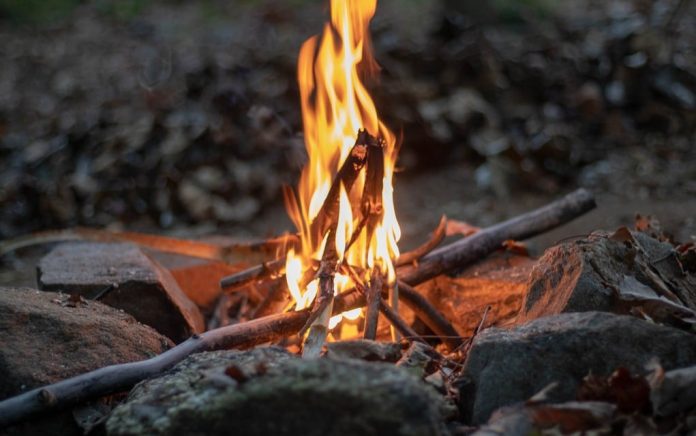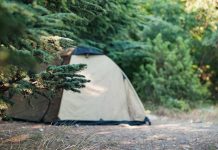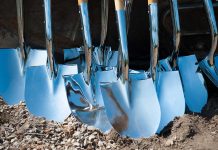
When you’re cold and wet outdoors, getting a fire going is one of your top priorities. Before you do that, you’ll want to have a shelter to protect you from the weather, but as soon as that’s achieved fire is going to be next on the agenda. Once you have a fire, you can start warming yourself up, drying soaked clothes and making a hot drink to reheat your body core.
Unfortunately, the same weather that got you cold and wet has probably made all the firewood cold and wet too. That makes lighting a fire a lot harder than on a dry summer day (when you don’t need it anyway) but, on the bright side, it’s not impossible if you know what you’re doing.
Fire Needs Fuel
The first thing to do is to gather a supply of wood. For the actual fuel that will keep your fire burning and generate the heat, some damp isn’t actually that big a problem. Unless the wood is lying in a pool of water, it’s unlikely to be totally soaked; its interior will probably be pretty dry. Collect thicker dead branches to use as fuel because they have a better ratio of dry inner wood to wet outer layers.
The driest wood in a wet forest is standing dead wood. If you can find a dead tree that hasn’t fallen down yet, help it on its way then cut or break it up. Otherwise, look at the lower branches of live trees. Quite often these trees have dead branches lower down. Depending on the tree, these might even have been protected from rain by the branches above — dense conifers are great for that — and be totally dry. If you find branches like this, save them for getting the fire started.
The Right Foundation Is Vital
Once you’ve collected your fuel you need a dry base for the fire. Trying to light a fire on wet ground is a waste of time; the dampness will soak into your tinder, kindling and fuel. It’ll suck up vital heat as the fire tries to get started. Make as dry a base as possible. You might be able to reach dry soil by scraping away the top layers. Alternatively, strip bark from trees, or make a platform of dry branches.
Time to Get Started
You’ll need tinder to ignite the fire, and kindling to get it burning. If you can’t find dry grass or moss, take a chunk of a branch and split it into quarters. Then shave away fine curls of wood from the dry interior and use those as tinder — a match or lighter will get them going easily. Collect dry twigs from dead branches if you can, and use them as kindling. Otherwise split off small sticks from the dry interior of larger branches or logs.
With dry tinder and kindling prepared, build your fire as normal, making a teepee of kindling filled with tinder. Build up your smallest, driest fuel around it. Once that’s burning well, add larger fuel. Be careful not to add anything that’s so big and damp it overwhelms the fire’s ability to ignite it; splitting logs is a good idea because it maximizes dry surface area and helps them catch fire more easily. Larger logs can be placed around the fire as windbreaks or pot stands, and the heat will also dry them out a little so they’ll burn better when it’s their turn.
If you know how to do it, wet wood won’t stop you from getting a fire lit. It will take you a little longer and you need to be careful to keep moisture out of it as much as possible, but it’s a very achievable skill — and acquiring it means you’ll be able to light a fire when you need it most.
Have you ever tried to start a fire with wet wood? If so, how did it go for you? Reply to your email and let us know, we would love to hear your story!
Copyright 2021, TheSurvivalGuide.com














